Driving overseas can be one of the most freeing ways to explore a new place; stopping at small towns, hidden beaches, or hillside cafés whenever you please. But for Singaporean drivers used to driving on the left side of the road, switching to countries like the United States, Canada, South Korea, Taiwan, or many European nations where people drive on the right can feel daunting at first.
Here are some practical tips to help you adjust smoothly, drive safely, and make the most of your journey abroad.
Also read: How to Rent a Car in Australia: Essential Tips and What to Do in Case of an Accident
Getting used to left-hand drive cars
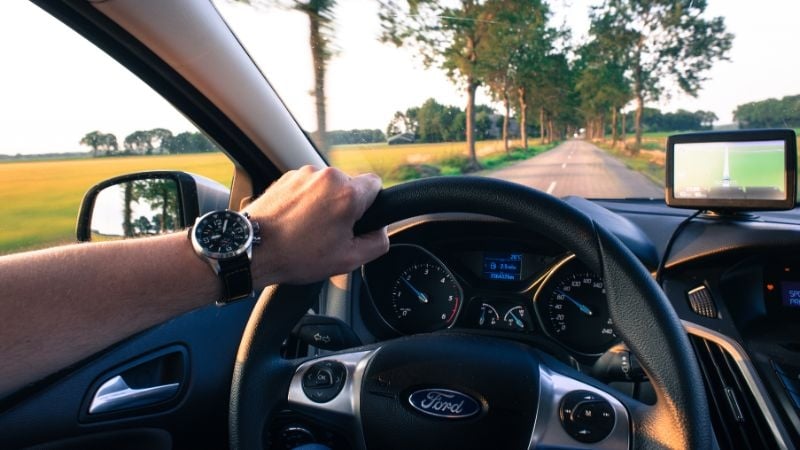
Image credit: ClickerHappy via Canva Pro
In most right-side driving countries, cars have the steering wheel on the left. This means you’ll be sitting on the opposite side compared to Singapore, with the gear stick now on your right. This can initially feel strange, especially when judging distances on narrow roads or when overtaking.
Before you start driving, take several minutes to adjust your seat, mirrors, and controls. Practise reaching for the indicators, wipers, and gear stick so these movements become instinctive. If you can, take a short drive in a quiet area to build confidence before hitting busy roads.
Remind yourself: keep right
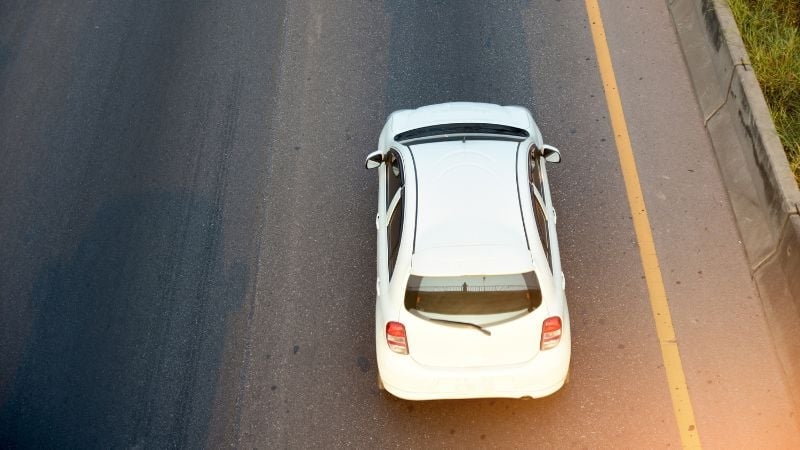
Image credit: Mungkhoodstudio’s Images via Canva Pro
After years of driving on the left, it’s easy to slip back into old habits. Always remind yourself to keep right. This is particularly important when pulling out from parking spots, turning onto smaller roads, or navigating roundabouts. You can even place a small sticky note on your dashboard with the words “Keep right” as a constant visual reminder if necessary!
Know the local road rules
Driving regulations vary widely. For example, some countries allow turning right on red lights after a full stop, while others forbid it. Speed limits may be posted in miles per hour instead of kilometres, and the use of mobile phones while driving can be stricter. Research the official transport authority websites or reputable travel resources for the country you’re visiting. This preparation helps avoid fines and keeps you safe.
Take extra care at roundabouts
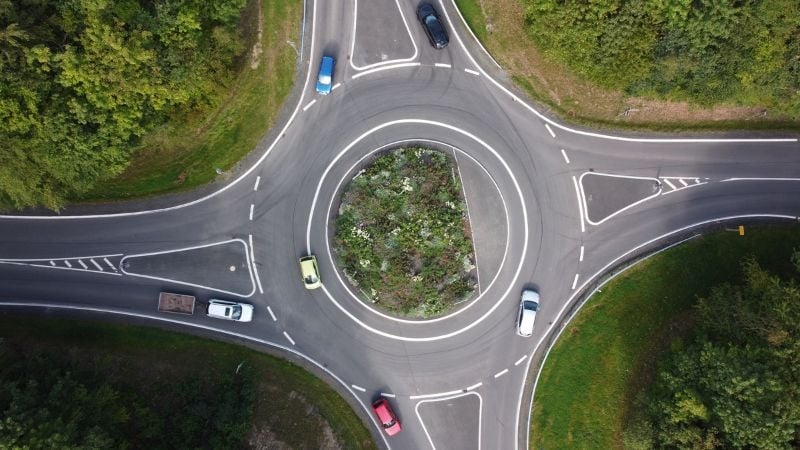
Image credit: Kay-Helge Hercher via Canva Pro
In Singapore, traffic circulates clockwise around roundabouts, but in most right-driving countries, it moves anticlockwise. This reversal can be confusing at first.
Always approach roundabouts slowly, yield to traffic already circulating, and look both ways carefully before entering. If you’re unsure, give way and wait for a clear gap. Practise patience, as rushing can lead to mistakes.
Use navigation apps wisely
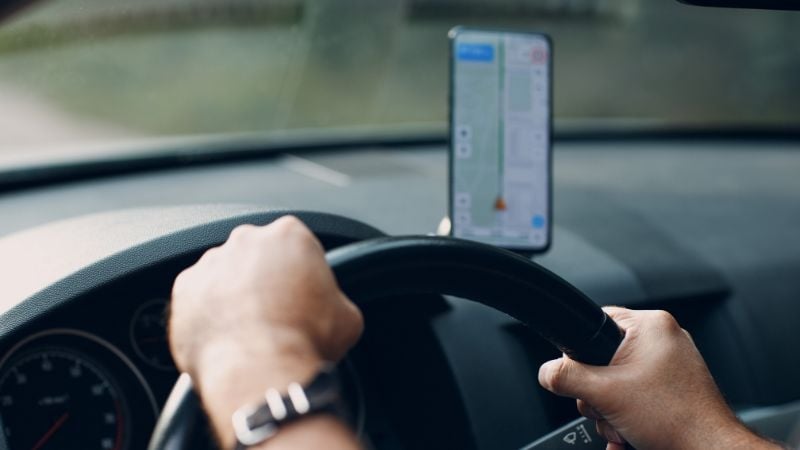
Image credit: primipil via Canva Pro
Apps like Google Maps or Waze are invaluable tools when driving abroad. They help you stay in the correct lane for upcoming turns and warn you about speed cameras, toll roads, or complex junctions ahead. Most importantly, they provide real-time traffic updates and suggest alternative routes to avoid delays.
Take your time with overtaking

Image credit: lilly3 via Canva Pro
In right-hand traffic countries, slower vehicles generally keep to the right lane, and overtaking happens on the left. This is the reverse of Singapore’s system, so double-check your mirrors and blind spots carefully before changing lanes.
Take extra care on highways and dual carriageways where speeds are higher and vehicles can approach quickly. Signal well in advance and avoid overtaking on bends or near junctions.
Check local signage and road markings

Image credit: MabryCampbell via Canva Pro
Road signs might be in a different language or use unfamiliar symbols, so spend some time learning common signs before your trip. For example, European signs can look very different from those in Asia.
Some signs warn of sharp curves, pedestrian crossings, or animal crossings, while road markings indicate where overtaking is allowed or where to stop. When unsure, slow down and stay alert.
Avoid driving straight after a flight
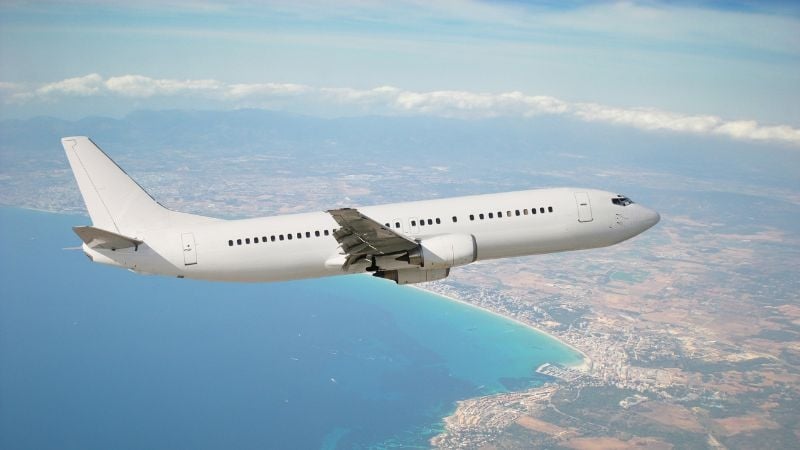
Image credit: rebius via Canva Pro
Flying long-haul can cause jet lag and fatigue, both of which impair your reaction times and concentration. It’s best to avoid driving immediately after arrival if possible. Instead, spend at least a night resting before getting behind the wheel, particularly if you’ll be navigating busy urban areas or unfamiliar rural roads.
Also read: How to Choose the Right Seat on Your Next Flight
Be cautious in older city centres
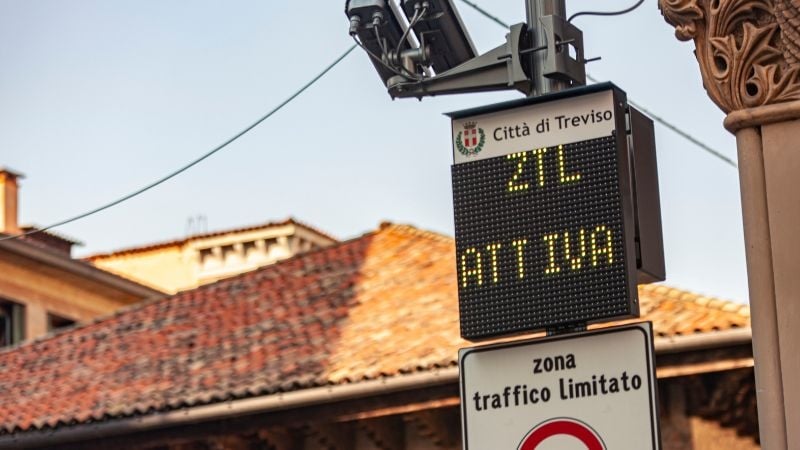
Image credit: Filippo Carlot via Canva Pro
Many European cities and towns have narrow, winding streets designed long before cars existed. These areas might also feature low-emission zones, pedestrian-only streets, or restricted parking.
Look out for local traffic signs such as ‘ZTL’ zones in Italy, which limit access to residents only. Plan your route to avoid restricted areas, and consider parking outside the centre and using public transport.
Practise parking in quiet spots first

Image credit: DebraMillet via Canva Pro
Parking on the left side of the car can feel awkward if you’re used to sitting on the right. Parallel parking, in particular, requires judging distances differently. Find a quiet street or empty car park where you can practise before attempting to park in busy city streets or tight spaces.
Keep essentials close at hand
Carry your passport, driving licence, international driving permit (if required), insurance documents, and emergency contact numbers within easy reach. Don’t bury these important papers deep in your luggage or glovebox. It’s also wise to keep a physical map as a backup if your phone loses signal.
Stop at rest stops often
Driving in unfamiliar conditions is mentally tiring. Schedule breaks every two hours or so, stretch your legs, hydrate, and if you’re travelling with a companion who’s insured to drive, consider swapping drivers. Fatigue increases the risk of accidents, so regular rest is essential for safe driving.
Understand local fuel types and payment methods
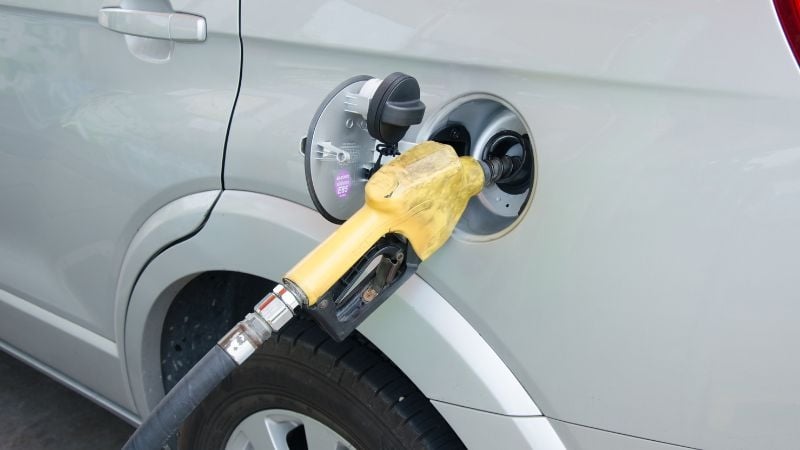
Image credit: khunkorn via Canva Pro
Fuel types and payment systems can vary. For example, diesel is popular in Europe, and some countries use unleaded petrol labelled differently from Singapore. Many fuel stations require pre-payment or use automated pumps that may not accept all credit cards. Research ahead to avoid confusion and carry some local currency for payment.
Learn emergency procedures
Familiarise yourself with the emergency numbers for the country you’re visiting (such as 112 or 911). Know where to find roadside assistance or emergency services, especially if you’re driving in remote areas. Carry a basic first aid kit and ensure your phone is charged.
Buy appropriate car insurance
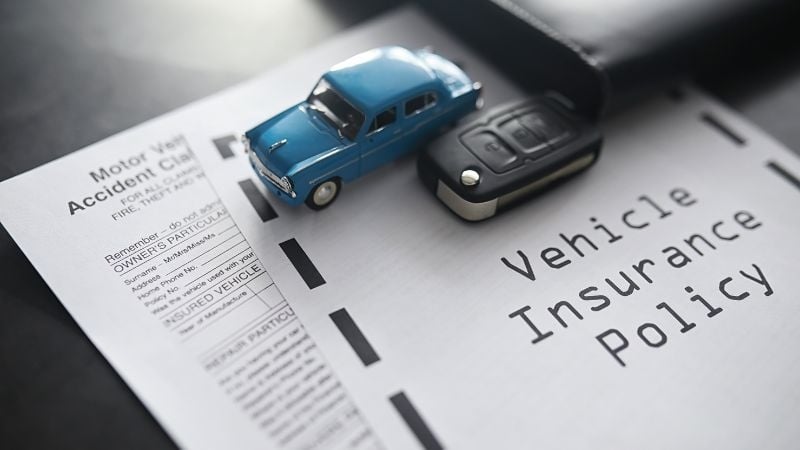
Image credit: Aleksandr Kichigin via Canva Pro
Before you drive overseas, make sure you have valid and adequate car insurance coverage. Rental companies usually offer insurance packages, but it’s important to understand what they include and whether you need additional protection, such as third-party liability, collision damage waiver, or theft protection.
If you’re driving your own vehicle abroad, check that your existing insurance policy covers international driving or purchase a separate policy. Driving without proper insurance can result in hefty fines, legal trouble, or financial liability in case of accidents. Always keep proof of insurance with you while driving.
Start slow and plan realistic routes
When driving in a new country, don’t plan ambitious routes or long driving days right away. Give yourself time to adjust to driving on the opposite side and to local road conditions. Start with short trips in quieter areas before tackling busy highways or complex city driving.
Over time, as your confidence grows, you can explore more ambitious destinations. This cautious approach helps reduce stress and makes your driving experience safer and more enjoyable.
Also read: How to Take a Road Trip with Your Dog: Practical Tips, Safety Advice & Packing List
Drive safe

Image credit: travnikovstudio via Canva Pro
Adapting to driving on the right side of the road takes time and patience, but with preparation, it can become second nature. By following these tips, Singaporean drivers can confidently explore new countries and enjoy the freedom and flexibility that comes with driving abroad. Safe travels and happy driving!




